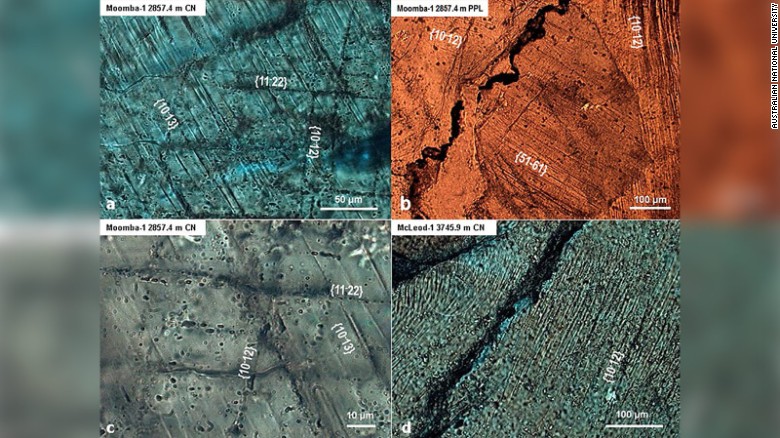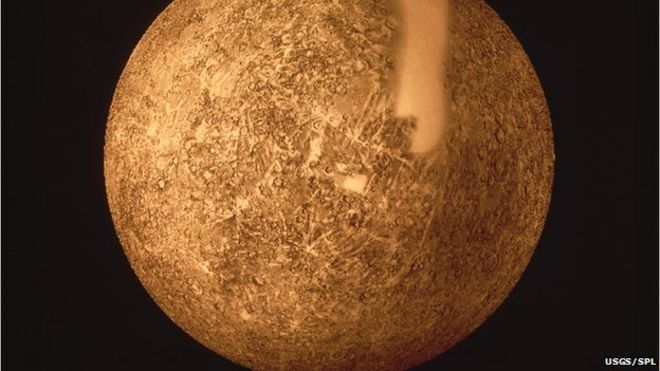
Jupiter is well-placed for viewing during April 2015. It is in the constellation Cancer all month and can be spotted in the evening sky.
Credit: Starry Night Software
On Saturday and Sunday, you can finish the day by stepping outside and enjoying a view of the rendezvous of two of the brightest objects in the night sky — the moon and the planet Jupiter.
About 45 minutes after the sun sets on both nights, the eye-catching celestial duo will be visible in the southwest sky, roughly two-thirds of the way up from the horizon to the point directly overhead (called the zenith).
The moon will officially reach first-quarter phase on Saturday evening (April 25) at 7:55 p.m. EDT (2355 GMT). The terminator — the line separating the light half of the moon (on the right) from the dark half — will appear perfectly straight, and Jupiter will be about 9 degrees above and to the left of the moon’s left. (Reminder: Your clenched fist held at arm’s length measures about 10 degrees.)
via Moon and Jupiter Rendezvous This Weekend: How to See Them.



